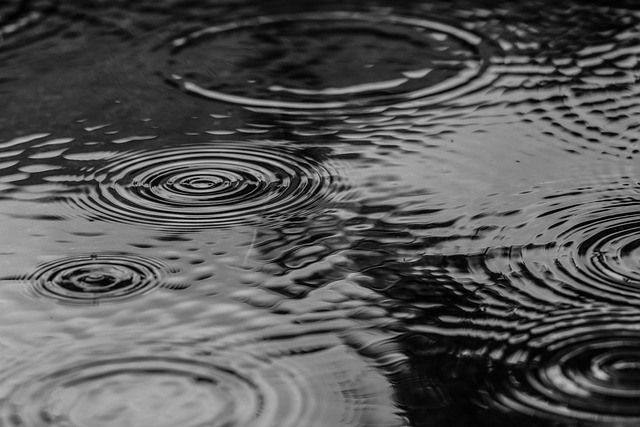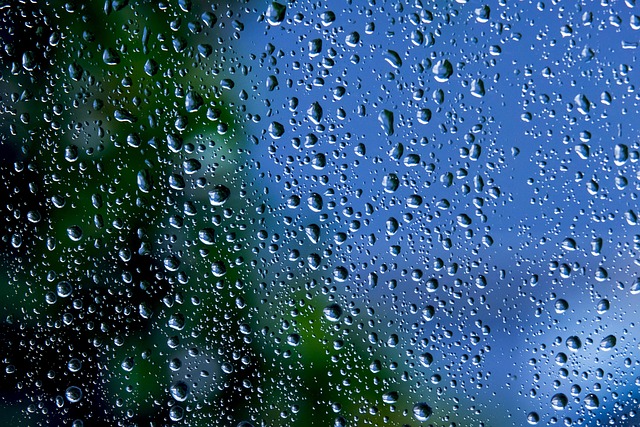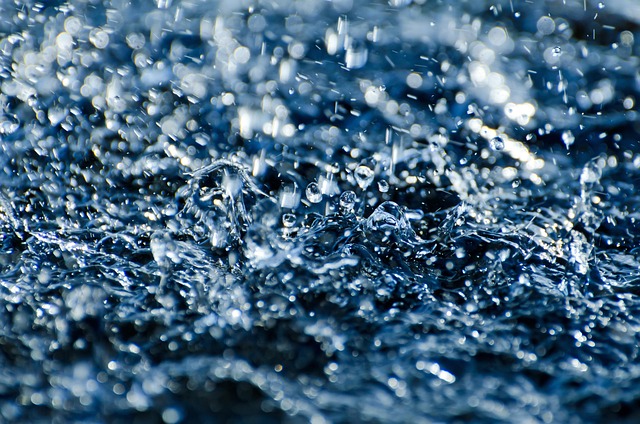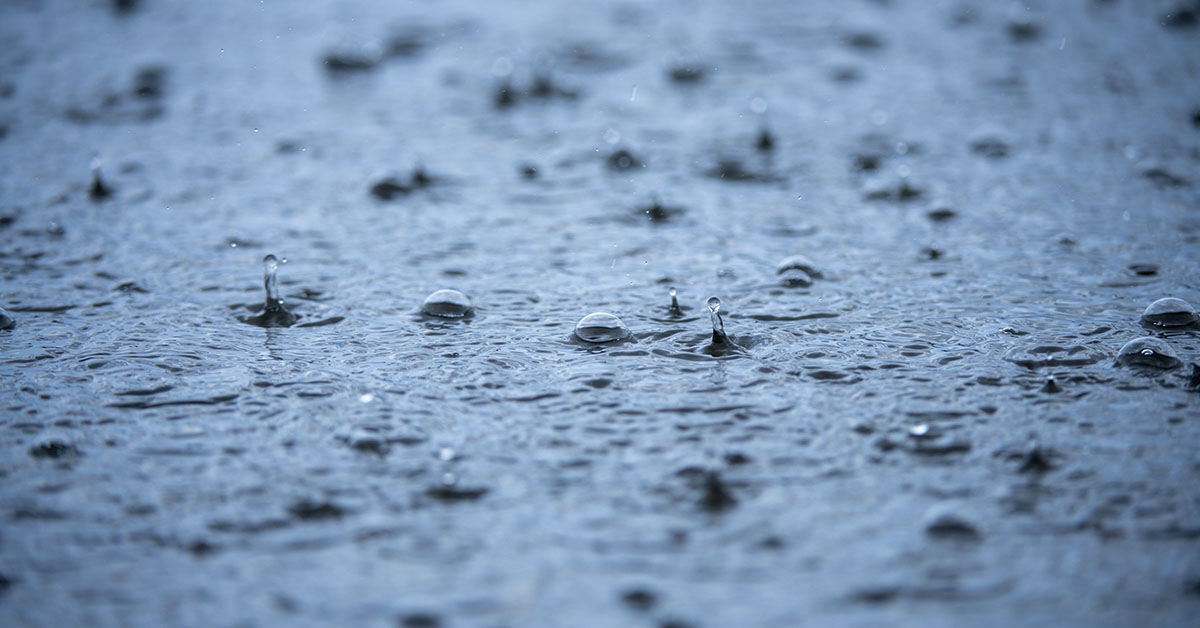As climate change continues to raise concerns around the globe, finding ways to lessen our reliance on fossil fuels has become more and more vital. Finding eco-friendly energy solutions has become a top priority, and there have been considerable advances in this field recently. According to a team of scientists from Singapore, we can also potentially get clean energy from rain. Using rain-like droplets running through a tube, the researchers were able to produce enough electricity to power 12 LED lights! The scientists state that this could function as a model for generating larger quantities of energy in the future.
Producing Clean Energy From Rain

The researchers’ methods were based on the principle that when two materials make contact, the charged entities on the surfaces get “nudged”. For example, think of static electricity that is generated when you rub a balloon on your skin. The same kind of thing occurs when water flows over certain surfaces – it can gain or lose charge. According to the study’s author, Siowling Soh, “Water that falls through a vertical tube generates a substantial amount of electricity by using a specific pattern of water flow: plug flow. This plug flow pattern could allow rain energy to be harvested for generating clean and renewable electricity.”
Read More: New Energy-Generating Cement Could Turn Buildings into Power Plants
Charge Separation

We already use water to generate electricity, but this is usually in rivers or other large bodies of water, where turbines are effective. However, what was required us a solution for slower and smaller volumes. This is where harnessing charge separation comes into play. Electrical charges are produced when water moves through a channel with a conductive inner surface. The issue is that this type of charge separation is often very inefficient since the actual area where electricity is harvested is limited to the surface the droplets pass over.
Therefore, the team set about designing a system that could improve the output. This involved creating a setup where the water poured out of the lowest point of a tower, through a metallic needle. From there, it spurted droplets into the opening of a tube. This spray of droplets resulted in a plug flow, which is a column of water interspersed with air pockets. From here, the water flowed downward inside the tube, separating the electrical charges. A cup below the tube collected the water. The electricity was harvested through wires placed in the cup and at the top of the tube.
Read More: Newly Discovered ‘Limitless’ Energy Source Could Fuel a Country for 60,000 Years
The Bottom Line

According to the researchers, their plug flow system managed to convert 10% of the energy of the water flowing through the tubes into electricity. Since the droplet speeds they tested fell considerably slower than rain, the study indicates that more electricity could be generated from falling raindrops. Additionally, their system could be much easier to set up and implement than hydroelectric power plants. This would make it perfect for urban space installations, such as on rooftops, for example.
Read More: Breakthrough Hydrogen Discovery May Sustain Earth’s Energy for 170,000 Years

